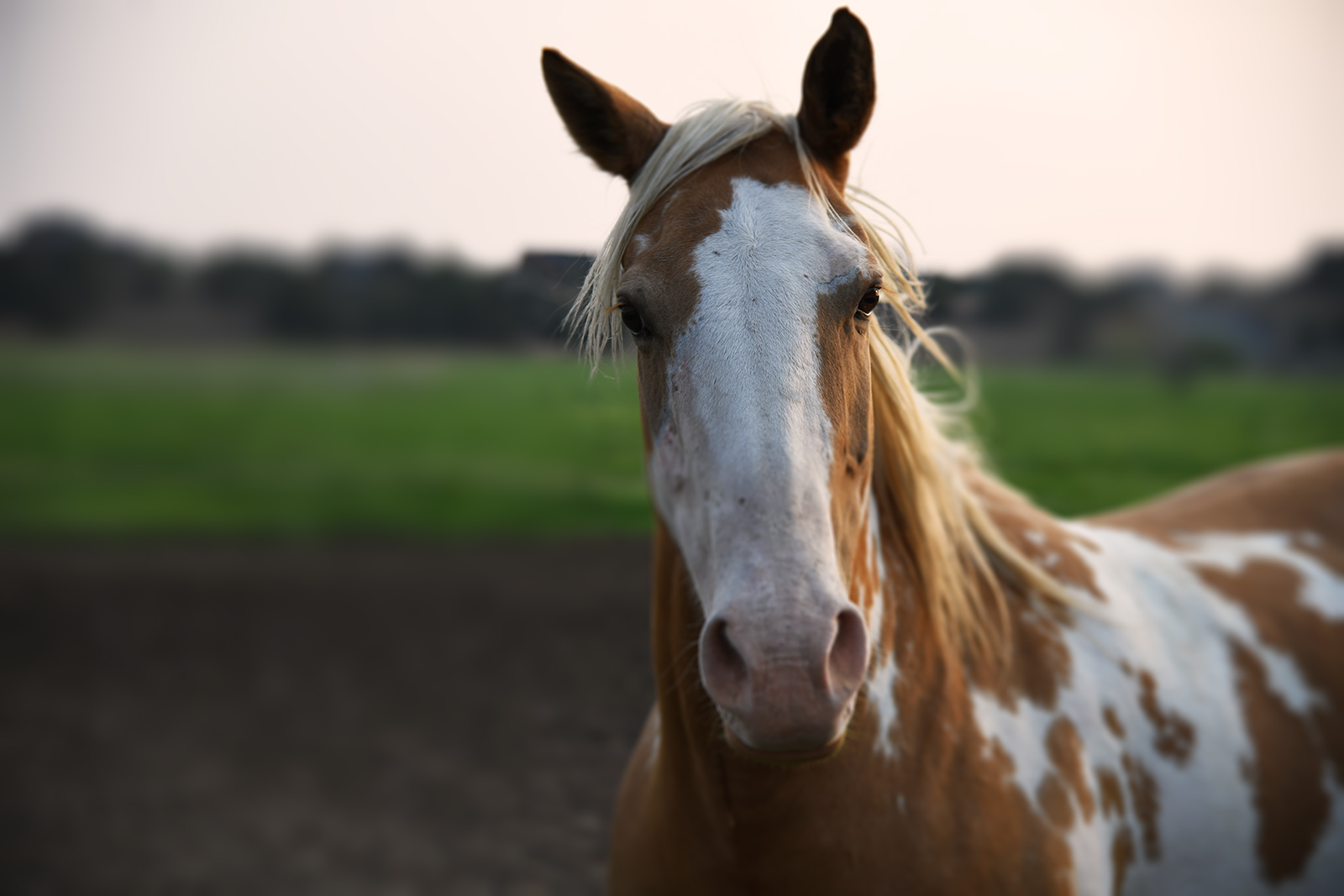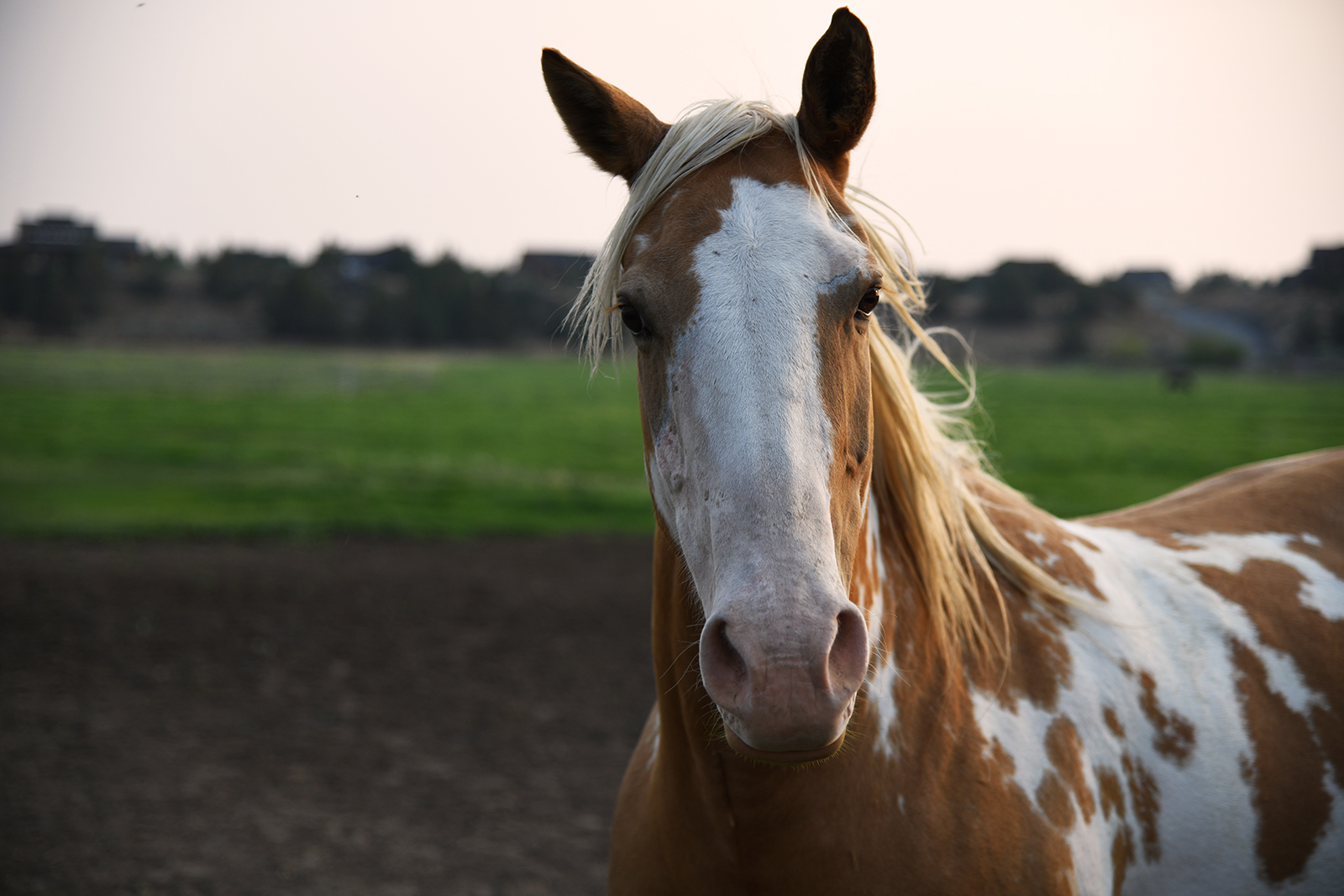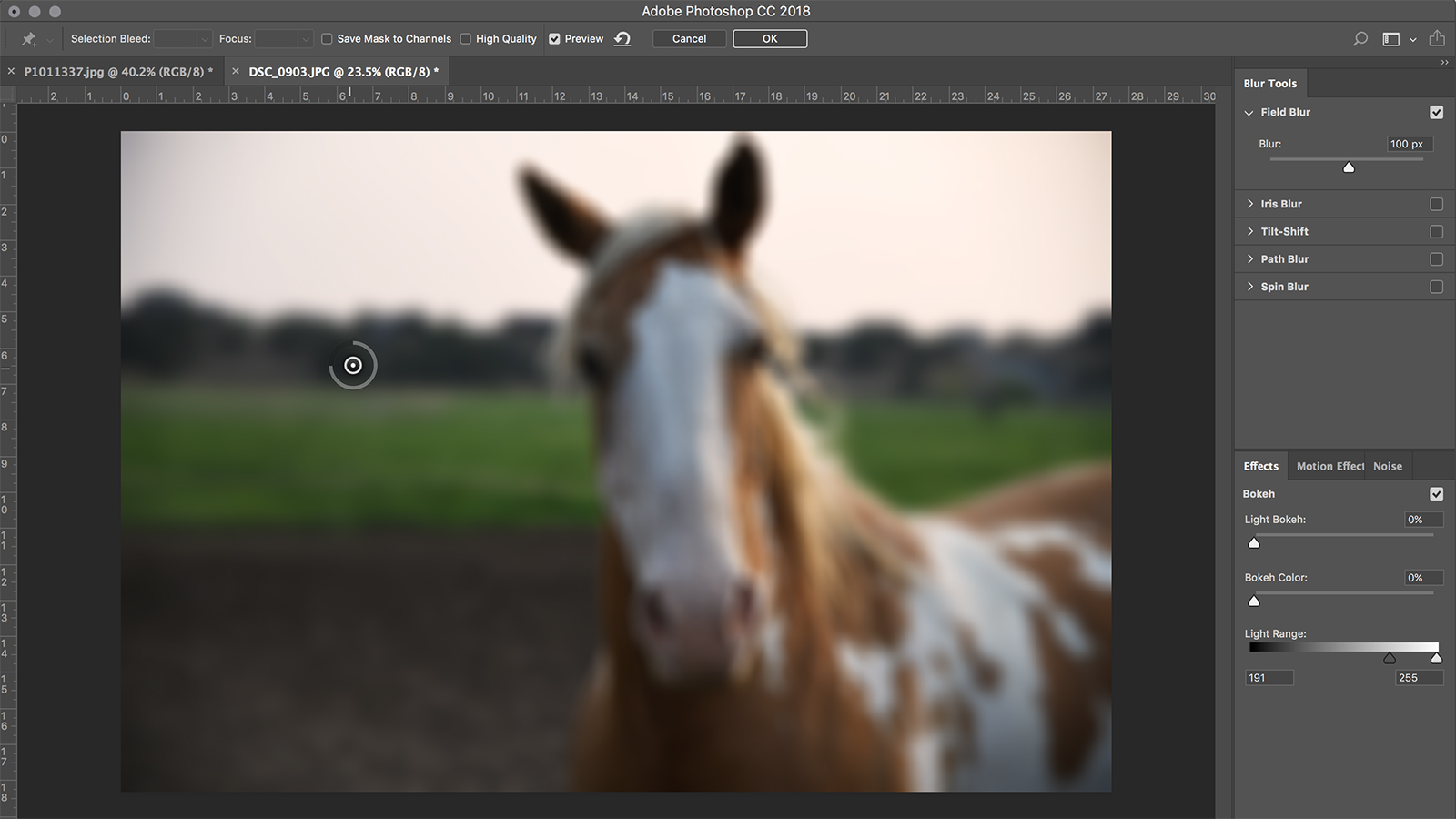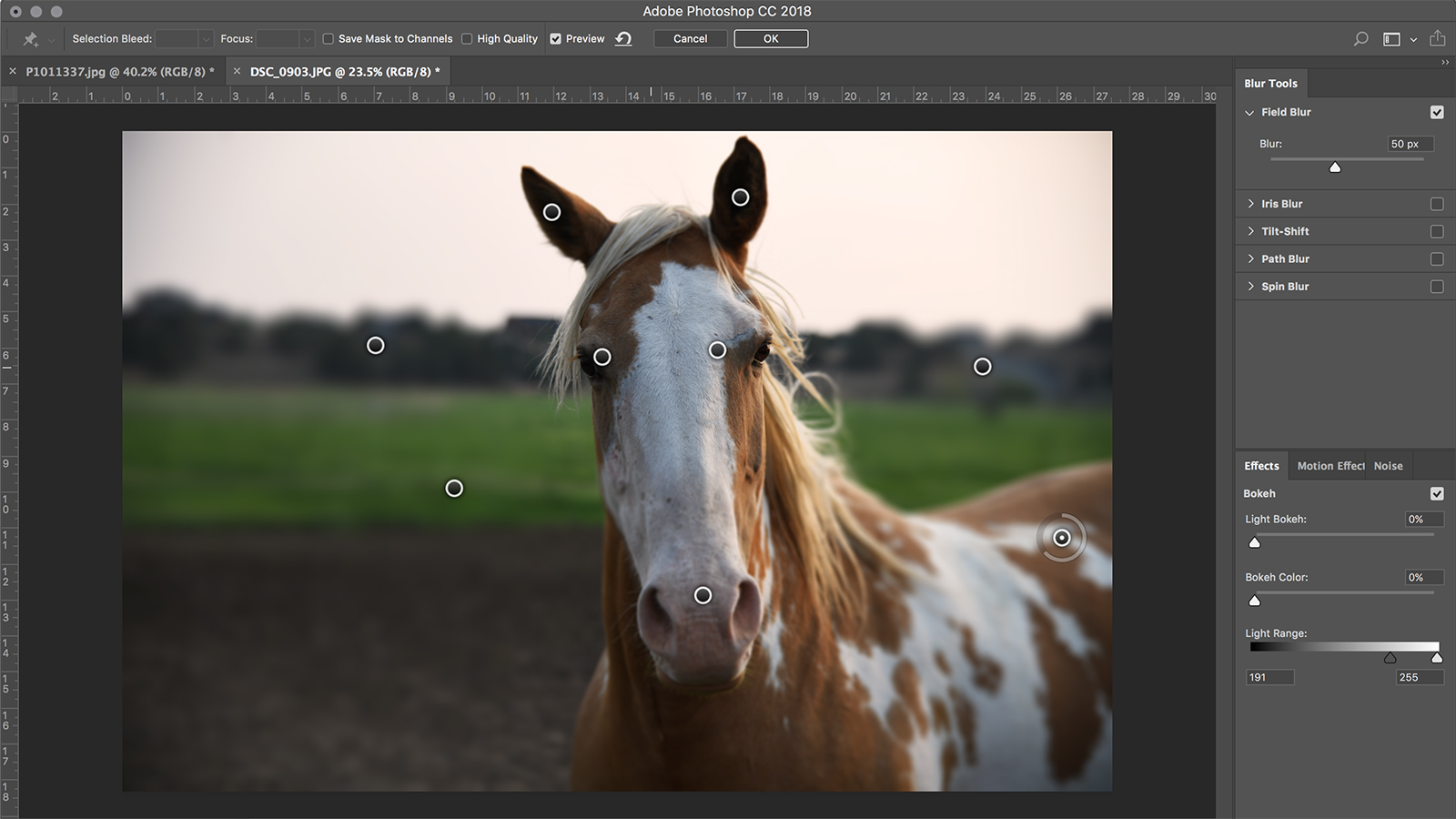How to blur backgrounds in photoshop
Background blur, often called “bokeh” after the Japanese word for blur, is generally associated with high-end cameras with wide-aperture lenses. The effect is popular for portraits, and is emulated — with some limitations — by the “portrait modes” now found on many smartphones. But even without a high-end camera or portrait mode, you can still create beautifully soft backgrounds in Adobe Photoshop.
Bạn đang xem: How to blur backgrounds in photoshop
Beyond simply granting you an ability you may have not had access lớn in camera, choosing to add blur in Photoshop can give you more control & flexibility over where the blur is applied and how it looks. The program includes a number of different tools to selectively blur the background of a photo, along with many options for controlling the type of blur. One of the easiest ways lớn go from blah to blur, however, is by using Photoshop’s field blur tool, which creates realistic background blur without requiring you khổng lồ waste hours in front of your computer.


1. After2. Before
Before you get started
Photoshop includes a handful of different options lớn blur a background, with each option offering a varying màn chơi of control — & level of difficulty. After trying everything from detailed selections to a full-on depth map, the field blur tool offered the best, most realistic results in the least amount of time.
Bokeh is a tricky thing khổng lồ try to imitate in Photoshop because true lens blur is based on many factors, including the focal length of the lens, the shape and kích cỡ of the aperture, và distance from the subject. Of these, getting the effect of distance correct is perhaps the most important. In Photoshop, you have khổng lồ tell the computer what objects are closest & farthest from the camera in order khổng lồ get a blur that resembles the real thing & changes with distance — i.e., objects that are farther away from the subject should have more blur than objects that are closer. You could spend an hour creating a detailed depth map, but the field blur tool lets you approximate this with much less work.
We should note, Photoshop techniques are almost always more work than getting the effect in-camera, but the field blur tool will quickly imitate the bokeh of a more expensive lens. As you work, consider how the blur in a real image looks. A lens focuses on a two-dimensional plane in space, with everything on that plane being sharp. The cấp độ of blur increases with distance from the plane of focus — that is, either toward or away from the camera — but any objects that fall on the same plane as your subject should remain in focus.
How to lớn blur a background in Photoshop
1. Mở cửa up the field blur tool.
With the image open in Photoshop, navigate khổng lồ Filter > Blur Gallery > Field Blur. Inside the field blur window, you will choose what areas of your image to lớn blur, while the blur tools on the right will control the amount & type of blur.

2. Phối your first blur pin.
The blur pins tell Photoshop where to lớn blur and how much. When you opened the field blur window, Photoshop automatically placed that first pin sạc for you. Drag và drop that pin sạc into the background, or the area the farthest from the focal point. On the right, drag the blur slider until you achieve the desired amount of blur. (You can also change the blur amount by clicking và dragging on the partial circle outside the pin.)
Since this first sạc pin is the furthest point from the focal point, this sạc pin will have the most blur. In the sample image, I used a blur of 100, but the numbers will vary based on the effect your are looking for. You can always go back và refine the blur of any pin simply by clicking on it.

3. Mix a blur sạc on the subject at zero.
Xem thêm: Mua Súng Bắn Bi Sắt Có Vi Phạm Pháp Luật Không? Mua Sung Bắn Bi Ở Giá Tốt Nhất Vietnam
When you first mở cửa the field blur tool, your entire image will be blurry. Mix a pin sạc directly on đứng đầu of the subject by clicking on it, then dragging the blur slider all the way down to lớn zero. You should now have a generally blurry background & a generally sharp subject.
Continue lớn place blur pins on the subject, setting each at zero, until the entire subject is sharp. Use as few pins as possible, but don’t worry if the background appears more sharp as you place pins.
4. Continue lớn refine the blur.
At this point in our sample image, the horse’s face was sharp & the background was blurred — but the rest of the horse’s toàn thân was just as blurred as the background. Lớn fix this và achieve a more natural result, simply địa chỉ more pins. Adjust the blur based on the distance from the original background point — objects closer to lớn the background should have a blur closer to that original point (closer lớn 100, in our case) while objects closer lớn the subject should have a much lower màn chơi of blur (closer lớn zero).
Continue placing points and adjusting the blur until you every part of the image is blurred based on the distance from the subject. If this starts to interfere with the background blur, don’t worry — just place additional background points lớn ensure the background remains properly blurred. In our sample image, the background just khổng lồ the left of the horse’s face was still a bit sharp, so we added another point there, setting it khổng lồ the same blur value of 100.
5. Adjust the blur effects, if necessary.
Once you are happy with the placement & level of blur on the different distances in the image, you may (or may not) want khổng lồ use the blur effects options, depending on your image. Here’s what each one does:
The “light bokeh” control will brighten the brightest points in the out-of-focus area to mimic lens bokeh. Avoid these controls if you don’t have point lights in the background. “Bokeh color” will adjust the màu sắc of those bright areas, while “light range” will adjust what tones are included in the bokeh effect.The noise tab will restore any blurred noise in order khổng lồ get the background to match the subject. If you are working with an image shot at a high ISO, for example, you’ll need khổng lồ use this option so that the subject doesn’t have more noise than the background, which would look unnatural. Use the sliders to change the amount and the size of the grain khổng lồ best match the grain in the subject. If there simply wasn’t any noticeable noise in your original image, you can leave this setting untouched.Once you are happy with the màn chơi of blur, bokeh effects, and noise, click OK, and Photoshop will render the effect.
There are a number of of other ways to add blur in Photoshop, but the field blur tool is a great place to start. It offers flexible, realistic effects without requiring complex masks & depth maps.















